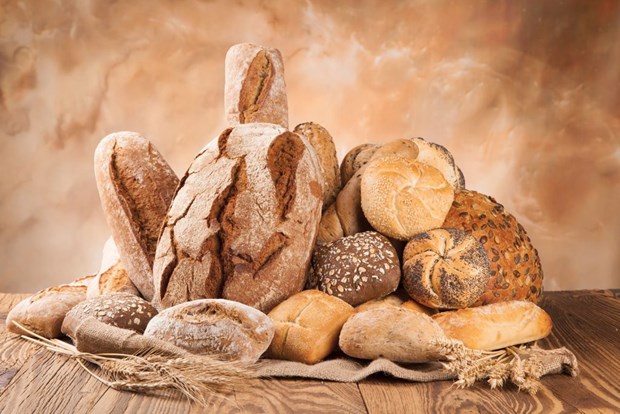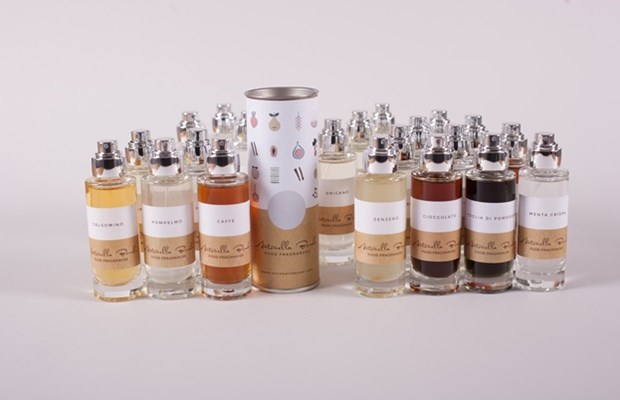“The mere smell of cooking can evoke a whole civilization”, Fernard Braudel.
As
a cook, aroma is quite problematic, because we spend most of our time thinking
about flavor—not smell—combinations. Smell happens in the kitchen, and flavor
happens at the table. But flavor is actually inseparable from scent, a motion
that happens at the same time while we taste our food. I laugh at the cooks
that smell a pot and think they know if it is well seasoned. Just because smell
is disassociated from flavour does not mean you should make it happen. One does
not know if a sauce needs more salt by just smelling it. There is simply no
way.
But
the harsh reality is that we love eating sweet, salty, starchy things. Foods
with any or all of these traits are generally perceived as tasty.
Chefs
know this. That's why they use salt, sugar, and butter to make bean sprouts and
cabbage more appetizing to unsuspecting, or perhaps willfully blind, diners.
Just
to meet expectation of diners or whoever loves the smell of cooking, food
fragrance was born with plenty of types and usages.
Scenting solutions for
food and beverages
"When the aroma of
baked bread was released in a US supermarket,
sales in the bakery
section increased threefold". (Hirsch, 1995, IJA)

(Source: BimbyWorld)
Stimulating
the sense of smell to buy products is not a new concept for those in the food
industry. Bakers and patisseries have been using these techniques for many
years. They understand that smell amplifies taste and the use of these smells
can attract an otherwise reluctant customer. Studies show the sense of smell is
the most powerful stimulus known and often provoke a strong emotional response
meaning customers are more likely spend on impulse.
Food
aroma to entice customers is not always possible. Packaged, canned or frozen
food cannot be smelled, so scenting which resembles the food can be introduced
to complete the experience. Grocery stores are also applying these techniques
as modern refrigeration has eliminated the aromas that in the past let
customers know that their produce was ripe and bread was fresh. While these
advances helped greatly in promoting health and reducing spoilage, they also
eliminated the wonderful smells that tantalized shoppers' palates and assured
them of good quality.
Just
choose a noticeable scent to create a memorable experience and lasting
impression.
Perfumes to Sip as
Well as Sniff
If you think perfume’s only place is around the
wrist or ears, take another sniff at that drink you just ordered. Scents are
starting to show up in martinis, margaritas and much fancier concoctions,
thanks in large part to Mandy Aftel, a former psychotherapist who now makes
edible and potable perfumes.
Her
vials of different essences sit behind the bars at luxurious restaurants around
the country, as well as at New York City cocktail temples like PDT, Pegu Club
and Booker and Dax at Momofuku Ssam Bar. Many bartenders believe the scents add
one more dimension to the multisensory experience of a good drink.

(Source: www.whattheflicka.com)
Ms.
Aftel said she has never experimented with the artificial ingredients that
dominate the scent and flavor industries.
“It
is the synthetic that stinks up the elevator,” she said. “I am not interested
in scents that have that kind of staying power. A natural perfume costs more
and disappears quickly, but while it lasts it’s extremely beautiful.”
Food fragrance –
amplifying tastes even for fresh made dishes
Bottled
like perfume, each Food Fragrance is a combination of essential food oils mixed
with either alcohol or grape seed oil, making them perfectly edible and full of
fresh, vibrant aromas. Flavors include various citrus fruits, spices,
chocolate, flowers and even trees, all of which are designed to be sprayed over
plates of food just before serving.

(Source: www.greatitalianchefs.com)
Successfully
born by Antonella Bondi, an Italian architect who has made taste and fragrance
her greatest form of creative expression. From this a new vision of cuisine has
developed where taste is enhanced by the absolute naturalness of the essences.
Soon
after Antonella began bottling and selling her sprayable scents some of Italy’s
top chefs were using them in their cooking.
As
with any new tricks professional chefs like to use in their restaurants, home
cooks are eager to start implementing the same at home. ‘A few sprays over the
top of something simple like a plate of spaghetti with black pepper and tomato
can be made all the more satisfying thanks to the aroma of basil,’ explains
Antonella.
When
we pass over coastal area, we smell fish sauce from miles away; when we get
into a traditional village where making coconut candies, does the sweet buttery
smell wake your taste? Believe it or not, in every dainty dish exists a whole
perfect culinary world, which must be enjoyed not only by tongues and eyes but
also most important by noses because smell is the very first element that we
people can sense; and therefore no surprises why food fragrances thrive.
By Thu Pham